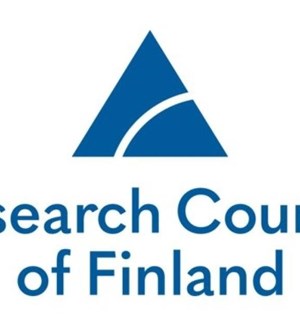The ubiquitous distribution of microplastics (MP) in marine systems is widely acknowledged. Due to their small size MP may potentially be taken up by a wide range of organisms. However, studies have focused on primary MP beads and lower trophic levels. PLASTER combines in situ studies on fragmentation of macroplastics, transfer of the generated MP with novel 13C labelling technique and effects in study communities to the extraction of MP and plastic additives in field samples up to top predators, seeking to establish a link between plastic exposure, additive concentrations and potential effects in northern Baltic Sea food webs. PLASTER studies the trophic cascade of weathered MP, the leaching of plastic additives by collecting field data, utilizing long-term sample collections and supplementing it with experiments on MP transfer. PLASTER evaluates how fragmenting plastics are transferred in situ and whether accumulation of chemicals carried by plastics can be traced up to seabirds.
Want to analyze based on this project via our analysis tool? Analyze this project
Knowledge Gaps
Bioaccumulation, bioconcentration and persistence
Environmental fate and behavior of plastic
Bioaccumulation and biomagnification
Chronic or long-term effects, multiple forms and/or sources
Environmental effects and ecotoxicity




